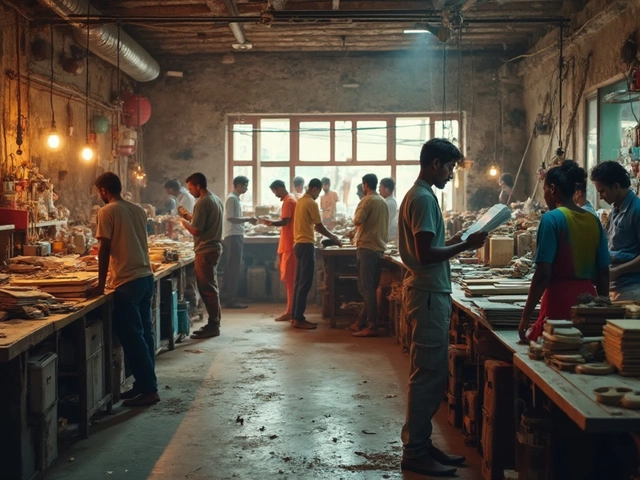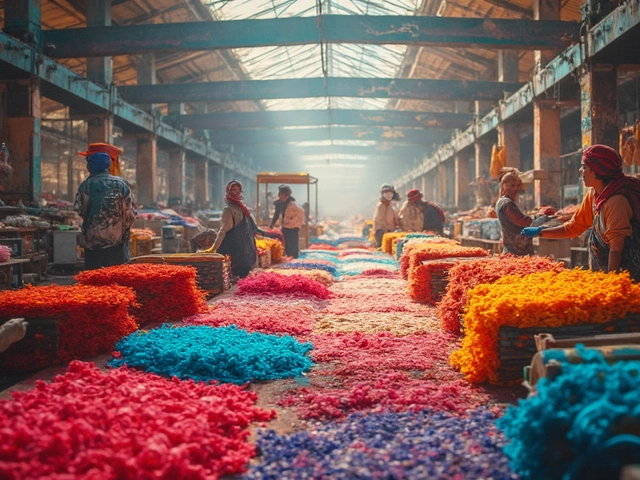Recycling: Turning Waste Into Value
When talking about recycling, the process of collecting, processing, and converting discarded materials into new products. Also known as resource recovery, it cuts down landfill use, saves raw materials, and lessens energy demand. Recycling encompasses waste management and requires a circular‑economy mindset, meaning materials stay in use for as long as possible.
Why Recycling Matters in Indian Manufacturing
One of the biggest challenges today is plastic waste, non‑biodegradable residue that clogs oceans, streets, and landfills. The surge in single‑use plastics has pushed factories to rethink their material choices. Waste management, the system of collecting, transporting, processing, and disposing of waste becomes the backbone for any recycling effort, because without proper collection and sorting, even the best recycling technology falls short. Circular economy influences recycling initiatives by encouraging designers to choose recyclable inputs and by rewarding companies that close material loops. In practice, this means a denim mill might turn old fabric scraps into new yarn, or an electronics plant could melt down obsolete copper for fresh wiring.
Beyond plastics, sustainable manufacturing, production processes that minimize environmental impact while maintaining economic viability leans heavily on recycling to meet both cost and compliance goals. Indian manufacturers are adopting closed‑loop systems, where waste water is treated and reused, metal shavings are re‑melted, and packaging is designed for easy recovery. These steps not only cut raw‑material expenses but also help firms comply with new regulations like the nationwide single‑use plastic ban. Readers will soon see how topics such as the ban on single‑use plastics, the true cost of plastic pollution, and the role of Indian factories in a greener supply chain intersect throughout the articles below.
Below you’ll find a curated list of posts that dive into the real‑world impact of recycling in India and beyond. From the latest data on plastic waste reduction to case studies on circular‑economy success stories, each piece adds a piece to the puzzle of building a more sustainable manufacturing landscape.

Code 5 plastic, or polypropylene, is everywhere—from food packaging to car parts. Here’s a deep look at its properties, safety, recycling, and real-life tips for identifying and using it smartly. (Read More)








